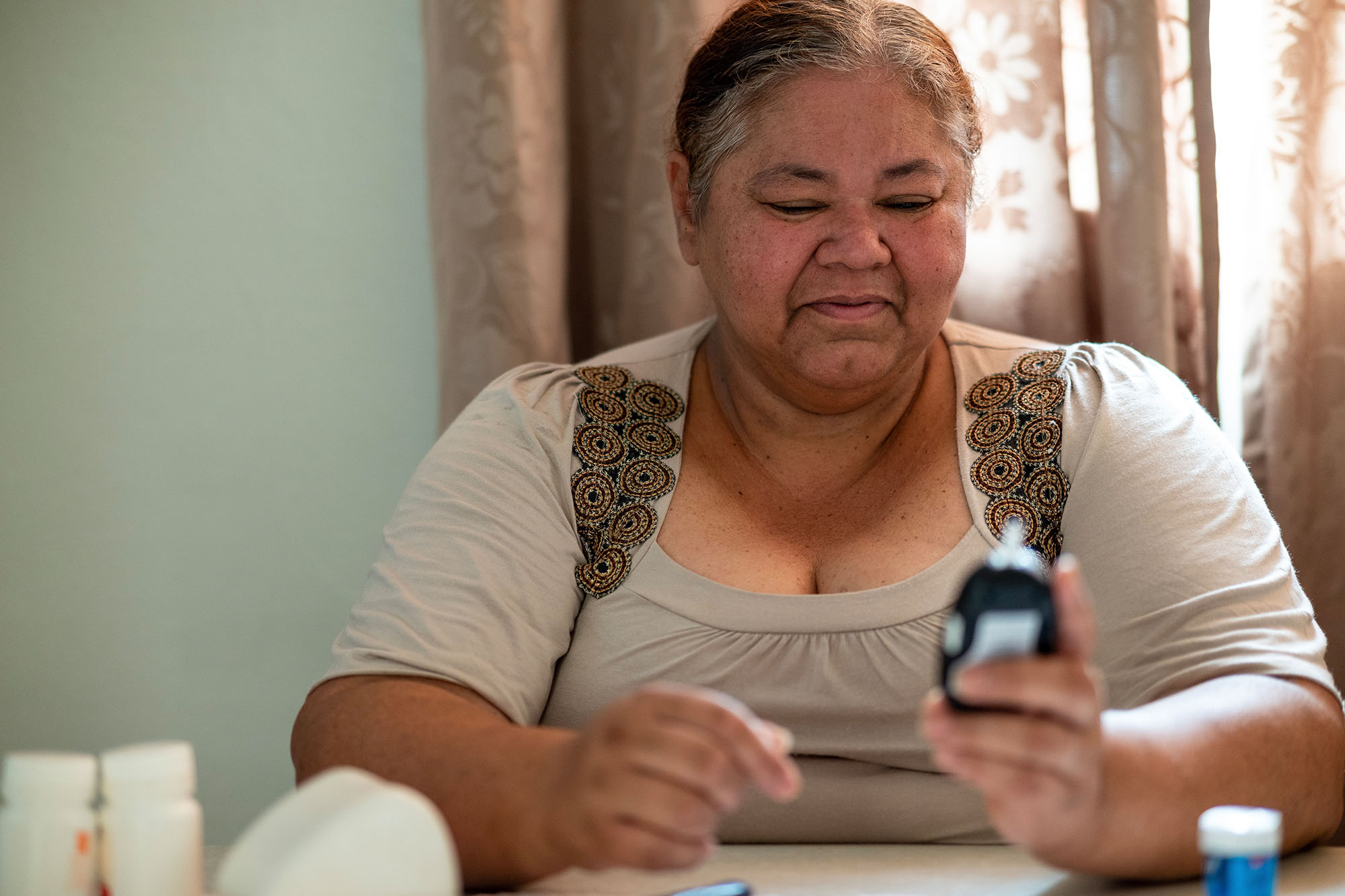Download the fact sheet
Jump to All Downloads & LinksAs the Enhanced Care Management and Community Supports programs of CalAIM (California Advancing and Innovating Medi-Cal) reach their fourth year since statewide launch in 2022, how are they being experienced by the people they are intended to support? In a major research project supported by CHCF, Los Angeles research firm EVITARUS conducted interviews across Alameda, Fresno, Humboldt, and Los Angeles Counties with 99 people with complex needs and eight focus groups of caregivers.
In the full report, In Their Own Words: What Californians with Multiple Health and Social Needs Say About Their Care, published in June 2025, participants described their experiences with the health care system. This fact sheet centers the perspectives of rural Californians with complex needs, including Native Americans who live in rural areas,and their caregivers.
What People Who Live in Rural California Need Most
- Trauma-informed and culturally resonant care. A bright spot in the rural north was culturally specific substance abuse treatment programs for Native Americans.
- Increased access to specialty providers and social services. More than half of interviewees reported long wait times, especially around dental care; behavioral health, including substance use treatment; childcare; and housing.
- Improved transportation options to make care more accessible. Some interviewees reported driving several hours to receive the care they needed.
A Story That Illustrates the Impact of Culturally Rooted, Lived Experience Support
An 18-year-old Native American woman in Humboldt County found strength and direction through culturally grounded support. After losing her mother to addiction and experiencing sexual trauma, she began drinking heavily and struggled with depression and suicidal thoughts.
Her path to recovery began when her grandmother connected her with a counselor, who met with her weekly — sometimes over a meal. The counselor listened, built a relationship based on trust, and encouraged her to reconnect with her culture through basket weaving and other traditional crafts. She said, “It helps having a Native American provider if you’re Native American, because they know a lot about culture. . . . It helped me reconnect with my heritage.”
The care she received from the counselor left a lasting impact: “I felt like I just needed somebody to lean on and talk to. . . . It was helpful at the time. It made me rethink a lot of things and helped me realize that I wanted to go to cosmetology school.”
Promising Approaches to Better Care
Here are three resources that may help organizations better understand or meet the needs of rural communities:
- Partnership HealthPlan surveyed specialists in the rural north to understand their plans to retire and how to prepare for worsening shortages.
- Calaveras County is leveraging career technical education to create job opportunities for students while alleviating the health worker shortage in rural California.
- Telehealth can help provide access to diverse providers and culturally resonant care. A recent report highlights advances in policy, practice, and research while acknowledging existing barriers.
Read the Fact Sheet
Authors & Contributors
Xinran Wang
EVITARUS
Caden Schepps
EVITARUS





